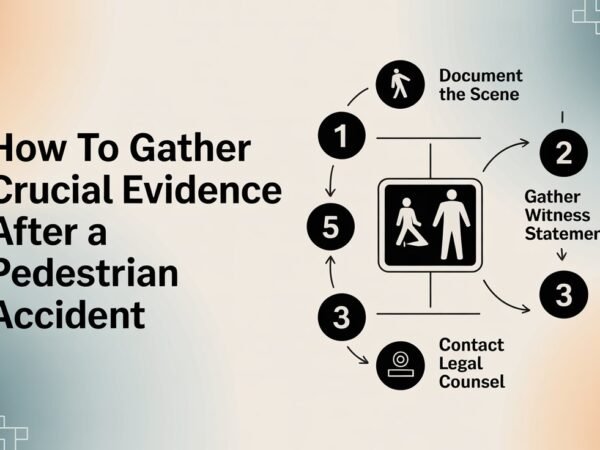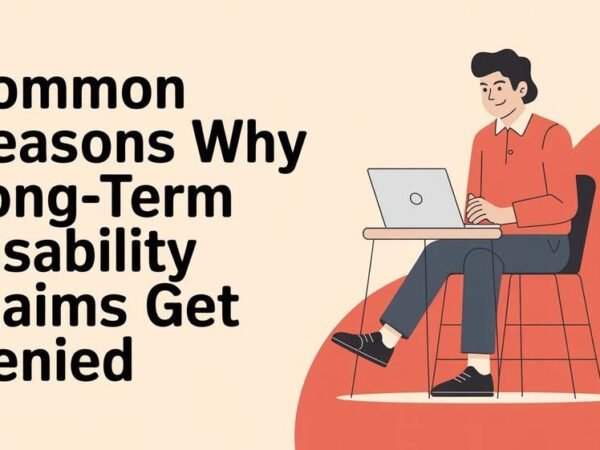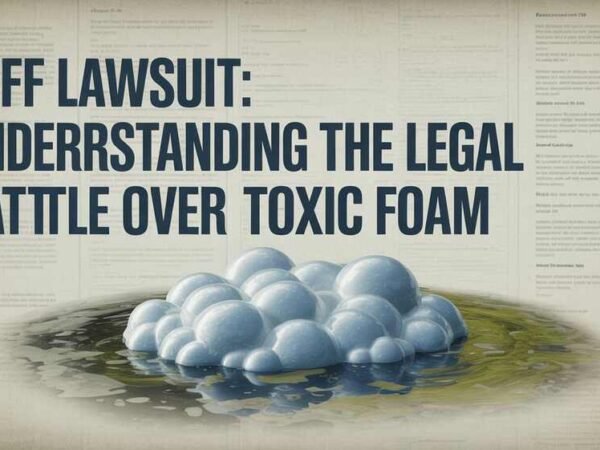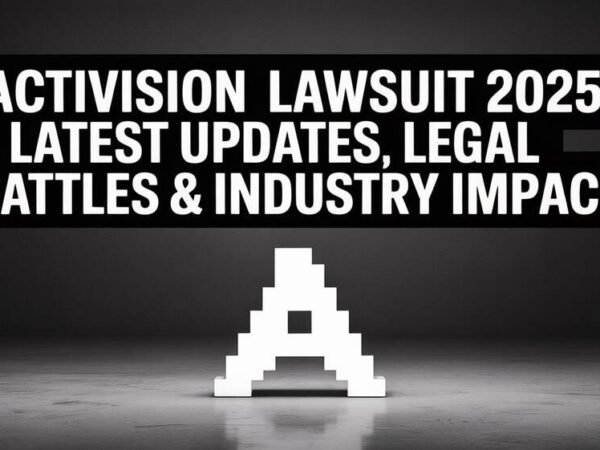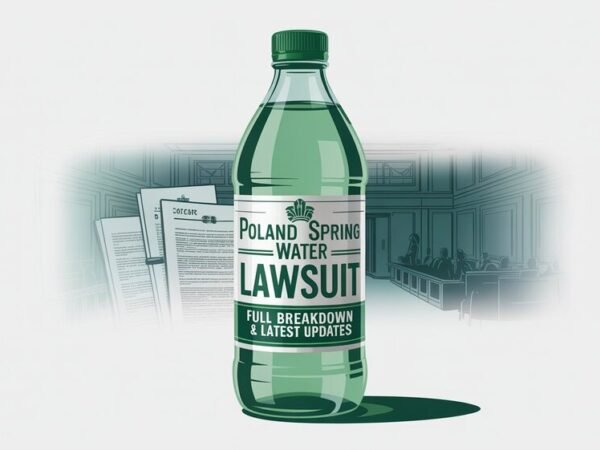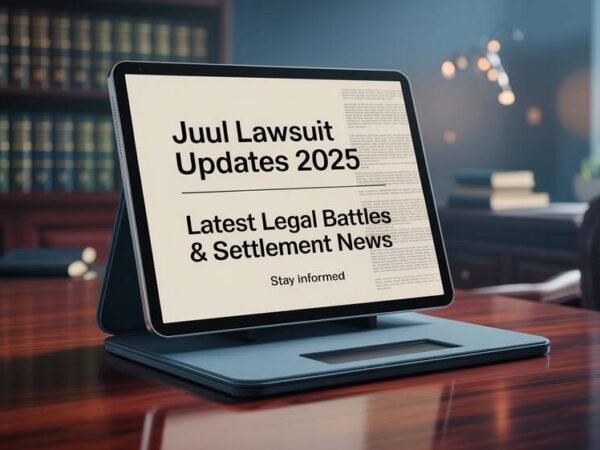Introduction
In a story that has captured the attention of Disney fans and legal enthusiasts alike, a couple recently lost a high-profile lawsuit against Disney over their membership in the ultra-exclusive Club 33. Club 33 has long been known for its prestige, secrecy, and hefty membership costs. For many, membership represents a dream come true — a direct connection to Walt Disney’s legacy. However, as the case of this couple illustrates, maintaining that membership comes with strict rules and expectations. This article delves deep into the lawsuit’s circumstances, the stakes involved, and the implications for Disney superfans and private club memberships everywhere.
What Is Disney’s Club 33?
Club 33 is one of Disney’s best-kept secrets. It is located within its theme parks and offers members unparalleled access to private lounges, gourmet dining, and exclusive events. Initially conceived by Walt Disney himself, the club was intended as a VIP lounge for dignitaries, investors, and celebrities. Today, Club 33 membership is notoriously hard to obtain, often requiring a years-long waitlist and an initiation fee exceeding $50,000, with annual dues in the range of $15,000 or more.
The mystique surrounding Club 33 isn’t just about money — it’s about status. Members get early access to park tickets, private tours, and invitations to exclusive events that even lifelong Disney fans can only dream of. Unsurprisingly, a couple who lost their membership would go to great lengths to fight back, culminating in a dramatic courtroom battle with Disney fans nationwide glued to the news.
The Couple Behind the Lawsuit
Scott and Diana Anderson, longtime Disney enthusiasts, were proud members of Club 33. Over the years, they poured hundreds of thousands of dollars into Disney experiences, traveling across states to attend special events and immerse themselves in the magic they cherished. For them, Club 33 membership wasn’t just a luxury and part of their identity. They made lasting memories there, forged friendships, and felt deeply connected to Walt Disney’s vision of wonder and excellence.
Their dedication was unmatched. They often visited the parks multiple times yearly, attended Club 33-exclusive gatherings, and spent heavily on Disney merchandise. Their emotional and financial investment was profound, making the termination of their membership a devastating personal blow.
The Events Leading to the Membership Ban
The trouble began in 2017 during an event at Club 33. According to reports, Scott Anderson was accused of misbehaving toward staff and other members, allegedly making comments and gestures that violated Club 33’s strict code of conduct. Disney maintains that maintaining a respectful and welcoming environment is paramount, and offensive actions can immediately terminate privileges, regardless of a member’s history or financial contributions.
The Andersons, for their part, vehemently denied the accusations. They claimed the allegations were exaggerated and that Disney failed to provide them a fair opportunity to respond or defend themselves. Despite their protests, their membership was revoked, and they found themselves barred from the magical world they had invested so much in — emotionally and financially.
Filing the Lawsuit Against Disney
Unwilling to accept the loss, the Andersons filed a lawsuit against Disney, claiming wrongful termination of their membership, breach of contract, defamation, and emotional distress. They sought significant financial damages, alleging that Disney’s actions deprived them of access to Club 33 and caused irreparable harm to their reputations and personal well-being.
In their lawsuit, they argued that Disney acted unfairly and inconsistently, enforcing rules arbitrarily and favoring celebrities or high-profile members. They accused the company of retaliation and mishandling their case, creating a hostile environment that ultimately led to their wrongful expulsion.
On the other hand, Disney countered by emphasizing that Club 33 is a private membership organization with the right to revoke memberships, especially when conduct guidelines are breached. They asserted that the Andersons had violated clear rules and that protecting the integrity of Club 33 was essential.
Court Proceedings and Final Verdict
The courtroom battle stretched on, with both sides presenting extensive evidence. Testimonies from Club 33 staff, other members, and even Disney executives were heard. The Andersons portrayed themselves as devoted fans wronged by a corporate giant, while Disney portrayed itself as a private entity simply enforcing reasonable standards of behavior.
Ultimately, the court sided with Disney. The jury found that the Andersons had not provided sufficient evidence to prove that Disney acted unlawfully in terminating their membership. The ruling reinforced that membership in exclusive clubs like Club 33 is a privilege, not a right, and private organizations have broad authority to regulate their membership.
The decision was a devastating blow for the Andersons. They lost their bid to regain membership and faced steep legal costs, compounding the financial losses they had already incurred through their love for Disney.
Aftermath: What Happens Next?
The case’s aftermath has been emotionally and financially draining for the Andersons. Reports indicate they spent over $400,000 in legal fees, personal expenses, and lost opportunities tied to their Disney connections. Their reputation within the Disney fan community also hit, as public opinion remained divided on whether their lawsuit was justified or an overreach.
Meanwhile, Disney maintains Club 33’s exclusivity, with little public comment beyond affirming the importance of maintaining standards among its elite members. The case has warned other members that even those who spend lavishly and exhibit longstanding loyalty are not immune from enforcement actions if they violate the rules.
Club 33’s Rules and Controversies Exposed
One unexpected result of the lawsuit was the exposure of internal dynamics at Club 33. Allegations surfaced that celebrities and influential individuals sometimes received more lenient treatment than regular members. Critics argue that while Club 33’s rules are strict, their enforcement may not always be consistent.
However, Disney has firmly maintained that all members are held to the same high standards. Despite this, the lawsuit revealed how private clubs like Club 33 walk a fine line between exclusivity and fairness — and how breaches of trust can quickly escalate into major disputes.
Broader Lessons from the Club 33 Lawsuit
The case where a couple loses lawsuit Disney Club 33 shines a broader light on the relationship between private membership organizations and their members. When joining exclusive clubs, individuals often sign away many of their legal protections, agreeing to abide by internal rules that may seem subjective or one-sided.
For consumers, the lesson is clear: read membership contracts carefully and understand that membership is a privilege subject to the organization’s discretion. Maintaining transparency and fairness is critical for companies to protect their brand and member satisfaction.
In a world where loyalty can quickly transform into litigation, both sides must navigate relationships carefully — balancing exclusivity with inclusivity and privilege with responsibility.
Conclusion
The couple’s saga of losing their lawsuit against Disney over Club 33 membership offers a fascinating glimpse into the world of exclusive clubs and the legal complexities that can arise. It underscores the risks of investing emotionally and financially in private organizations that can ultimately exercise sweeping authority over membership status.
For Scott and Diana Anderson, the dream turned into a costly nightmare. For Disney, the case reinforced the importance of enforcing standards to preserve the magic and mystery of Club 33. As fans continue to dream of joining this legendary club, the story is a powerful reminder that great responsibility comes with great exclusivity — and sometimes, significant risk.
Do Read: Comprehensive Guide to Understanding and Requesting Family and Medical Leave Act (FMLA) Leave




